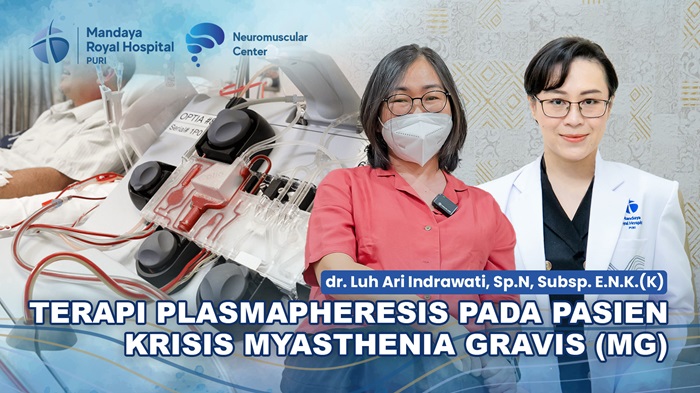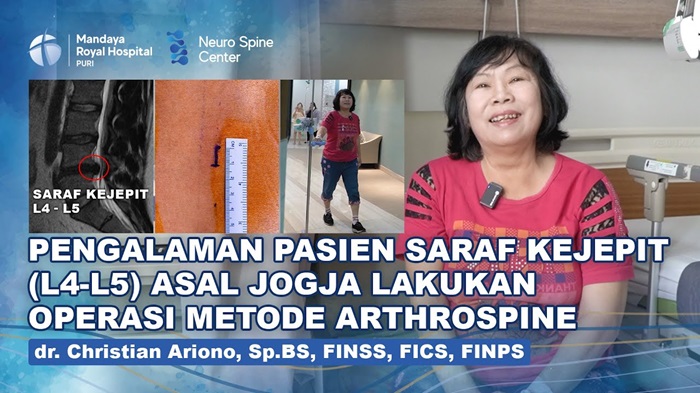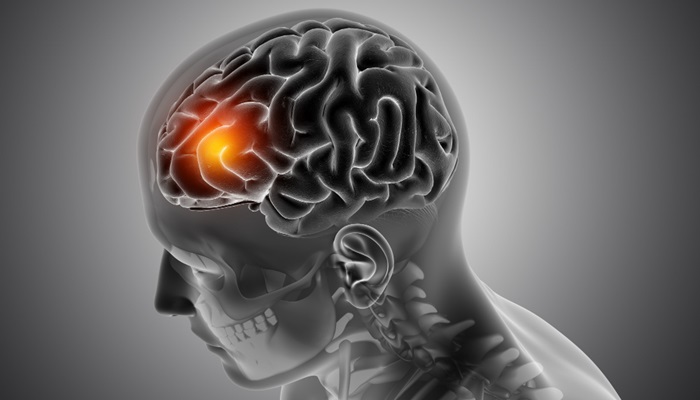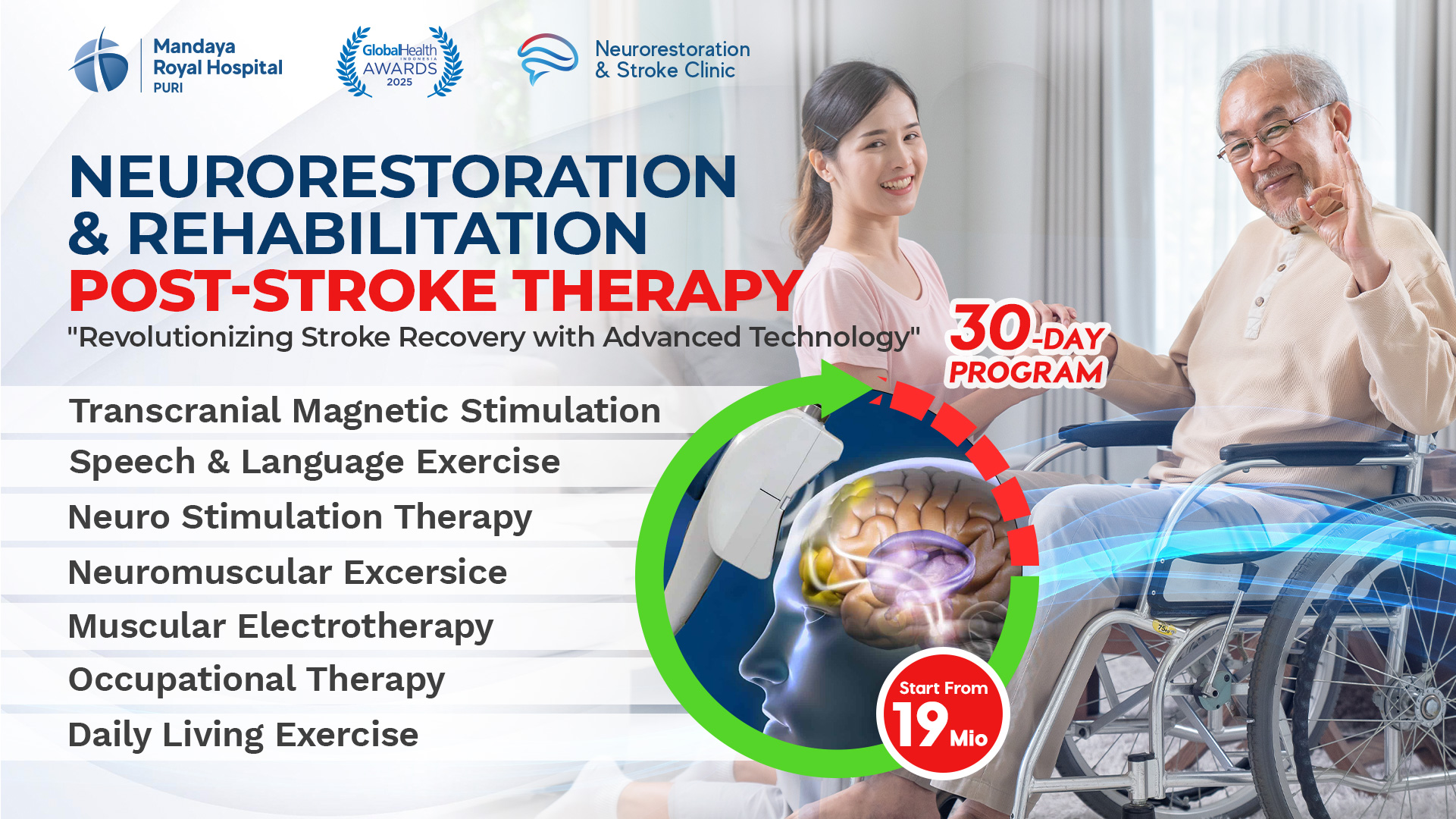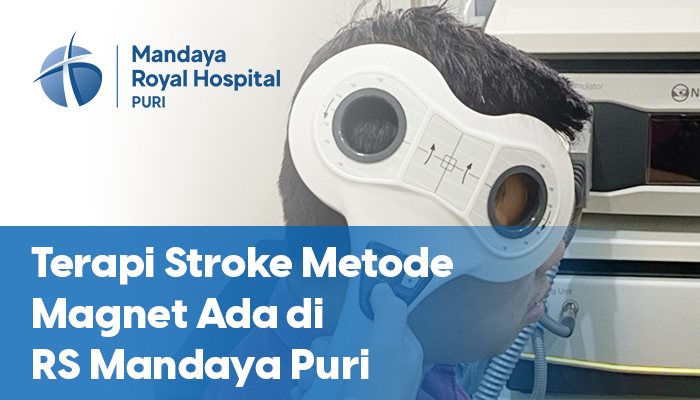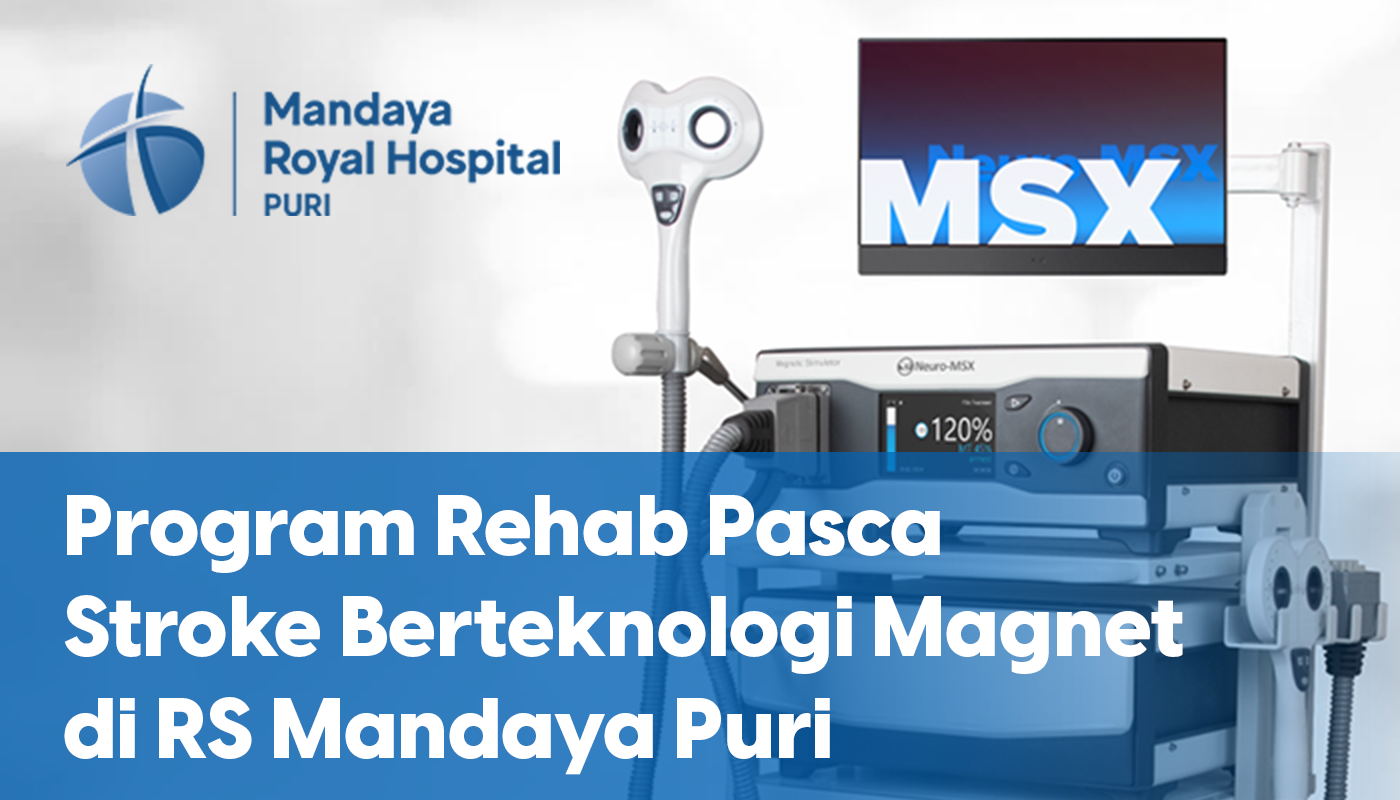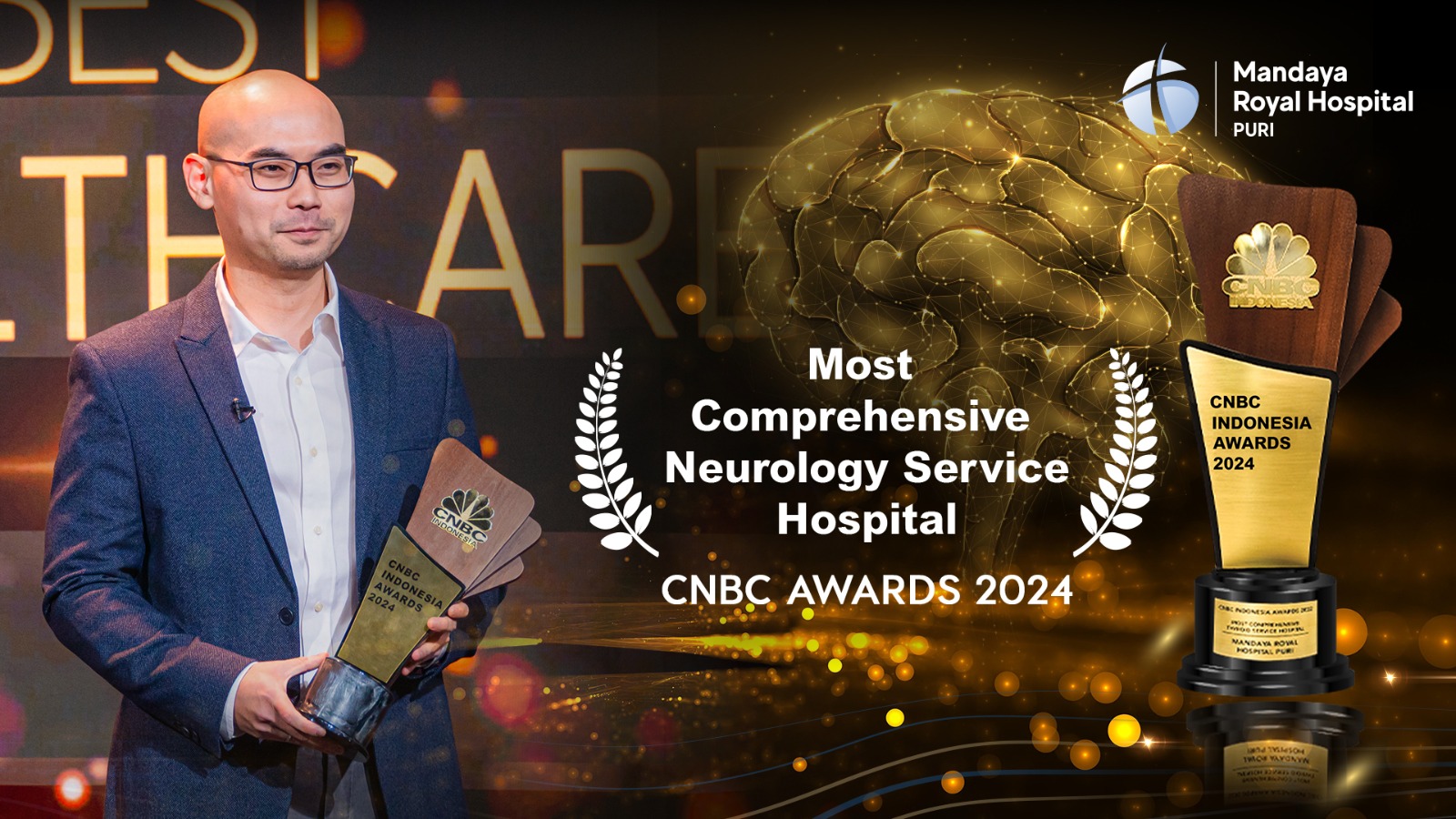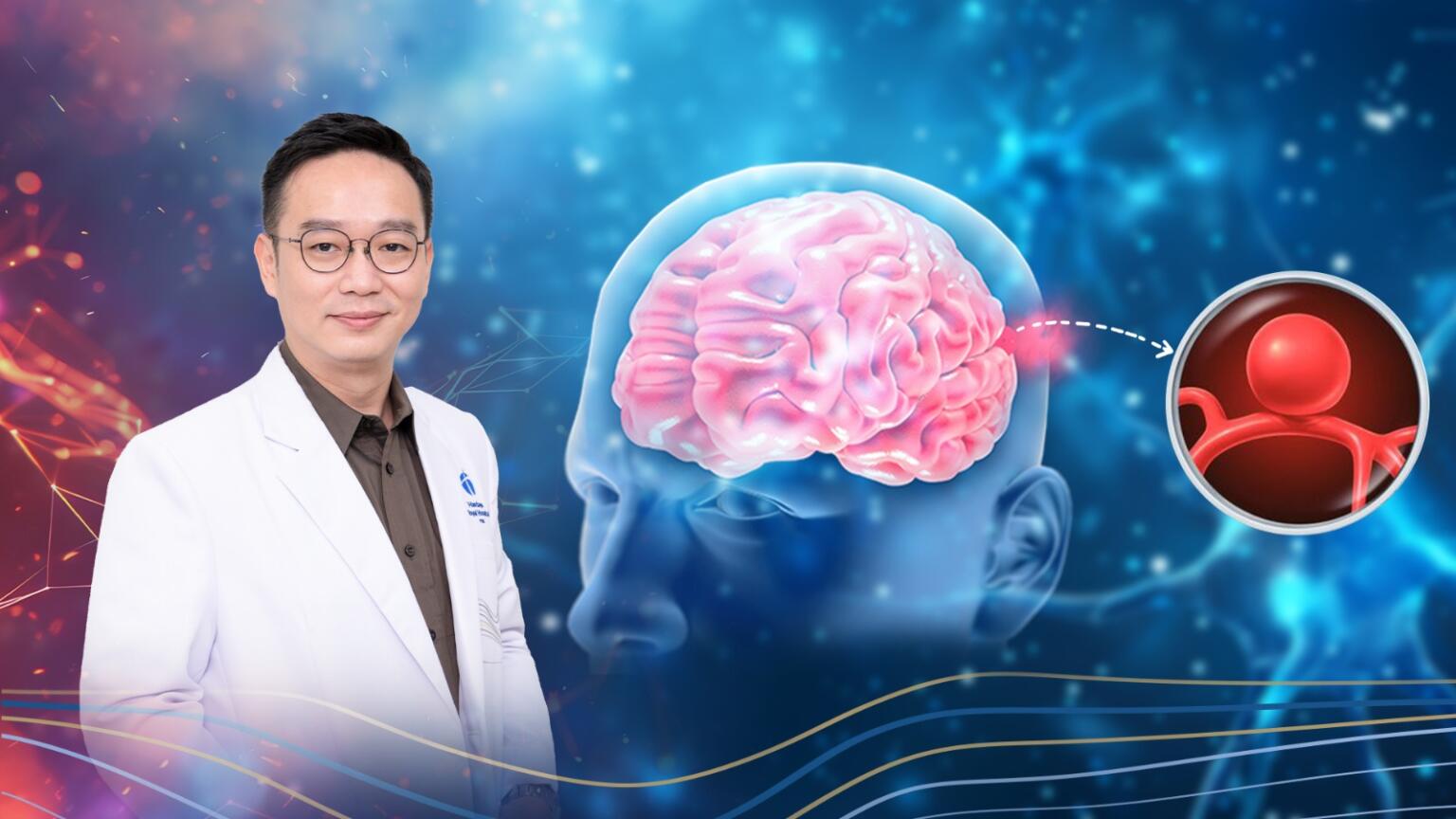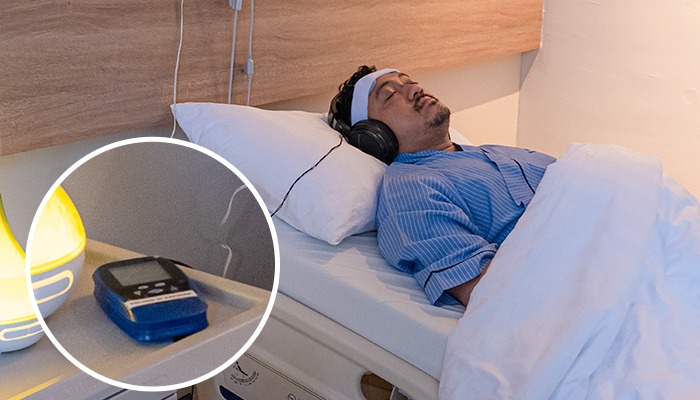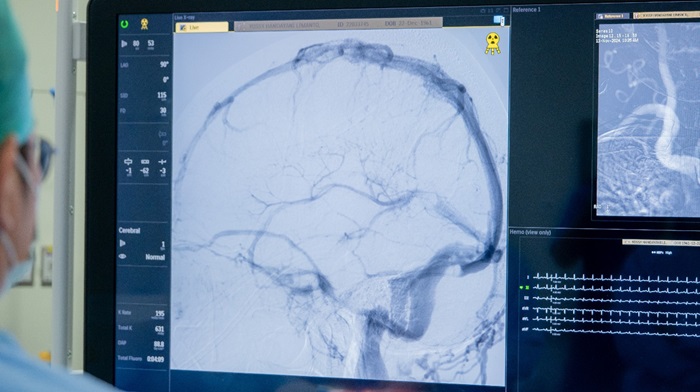Contents
What is a coma?
A coma is a condition of prolonged loss of consciousness. It can be caused by traumatic brain injury, stroke, brain tumors, or drug or alcohol poisoning. Comas can also result from medical conditions such as diabetes or infections.
A coma is a medical emergency. Prompt action is needed to save the patient’s life and brain function. Doctors usually perform a series of blood tests and brain scans to determine the cause of the coma so that appropriate treatment can be administered.
Comas typically do not last more than a few weeks. Individuals who remain unconscious for an extended period may enter a long-term vegetative state, known as a persistent vegetative state or brain death.
Symptoms of a coma
Common symptoms of a coma include:
- Closed eyes
- Depressed brainstem reflexes, such as unresponsive pupils to light
- No limb response except reflexive movements
- No response to painful stimuli except reflexive movements
- Irregular breathing
Causes of a coma
Causes of a coma may include:
- Traumatic brain injury: Often caused by traffic accidents or acts of violence.
- Stroke: A condition marked by reduced or halted blood supply to the brain.
- Tumors: Tumors in the brain or brainstem can cause a coma.
- Diabetes: Extremely high or low blood sugar levels can lead to a coma.
- Lack of oxygen: Survivors of drowning incidents or those revived after cardiac arrest may not wake up due to oxygen deprivation in the brain.
- Infections: Infections such as encephalitis and meningitis cause swelling of the brain, spinal cord, or surrounding tissues. Severe infections can lead to brain damage or coma.
- Seizures: Continuous seizures can result in a coma.
- Toxins: Exposure to toxins like carbon monoxide or lead can cause brain damage and coma.
- Drugs and alcohol: Overdoses of illegal drugs or alcohol can lead to coma.
Diagnosing a coma
A patient’s medical history and various tests can help determine the cause of a coma, allowing doctors to choose the most appropriate treatment. The following are some diagnostic methods doctors may use:
1. Medical History
Doctors may ask friends, family, police, or witnesses about:
- Whether the coma or preceding symptoms began suddenly or gradually
- Whether the person had or appeared to have vision problems, dizziness, fainting, or numbness before the coma
- Whether the person has diabetes, a history of seizures or stroke, or other conditions
- What medications or substances the person may have consumed
2. Physical Exam
This test aims to trigger various reflexive eye movements. The type of response varies depending on the cause of the coma.
Previously, doctors used to squirt very cold or warm water into the ear canal for testing. Nowadays, diagnosis is more commonly based on the following evaluations:
- Extraocular movement: Do the eyes move up, down, and sideways?
- Pupils: Do the pupils change size in response to light?
- Corneal reflex: Does the person blink when the eye is touched with a cotton swab?
- Cough reflex: Does coughing occur when there are oral secretions?
- Gag reflex: Is the gag reflex triggered when the back of the throat is touched?
3. Blood Tests
Blood tests can be used to check for:
- Blood count
- Signs of carbon monoxide poisoning
- Presence and levels of legal or illegal drugs
- Electrolyte levels
- Blood glucose levels
- Liver function
4. Brain Scans
Brain imaging tests can help doctors identify any brain injuries or damage.
CT scans or MRIs can reveal blockages or other abnormalities. Meanwhile, an electroencephalogram (EEG) can measure electrical activity in the brain.
Coma Treatment
A coma is a serious medical emergency. Doctors begin by ensuring the patient’s survival. They also stabilize breathing and blood circulation to maximize the amount of oxygen reaching the brain.
Treatment options may include:
- Glucose for patients in diabetic shock or with brain infections
- Naloxone for patients in a coma due to severe poisoning
- Vitamin B1 for patients with alcohol use disorders, which may cause a deficiency of this vitamin
In all coma cases, doctors typically aim to maintain the patient’s blood pressure and ensure proper breathing by protecting the airway.
In some cases, doctors may need to reduce intracranial pressure by draining excess cerebrospinal fluid or prescribing medications to reduce brain swelling, such as mannitol and hypertonic saline.
Have more questions about coma or other medical conditions? Visit Mandaya Royal Hospital Puri. Book an appointment now via the Chat feature on WhatsApp, Book Appointment, or the Care Dokter app, which is available on Google Play and the App Store to make your visit easier, check queue numbers, and access complete information.






















